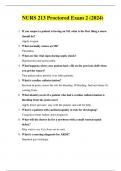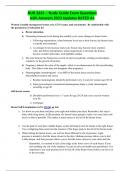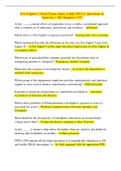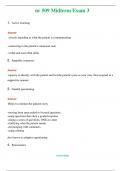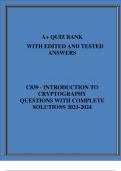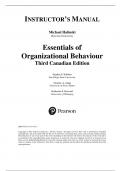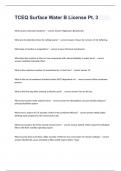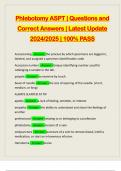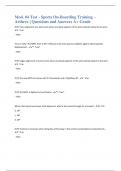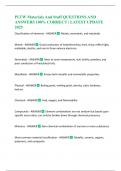Exam (elaborations)
NURS 213 Proctored Exam 2 (2024) QUESTIONS AND ANSWERS ( VERIFIED CORRECT ANSWERS )
- Course
- NURS 213
- Institution
- Chamberlain College Of Nursing
NURS 213 Proctored Exam 2 (2024) NURS 213 Proctored Exam 2 (2024) NURS 213 Proctored Exam 2 (2024) NURS 213 Proctored Exam 2 (2024) NURS 213 Proctored Exam 2 (2024) 1. If you suspect a patient is having an MI, what is the first thing a nurse should do? Apply oxygen. 2. What normally causes...
[Show more]
